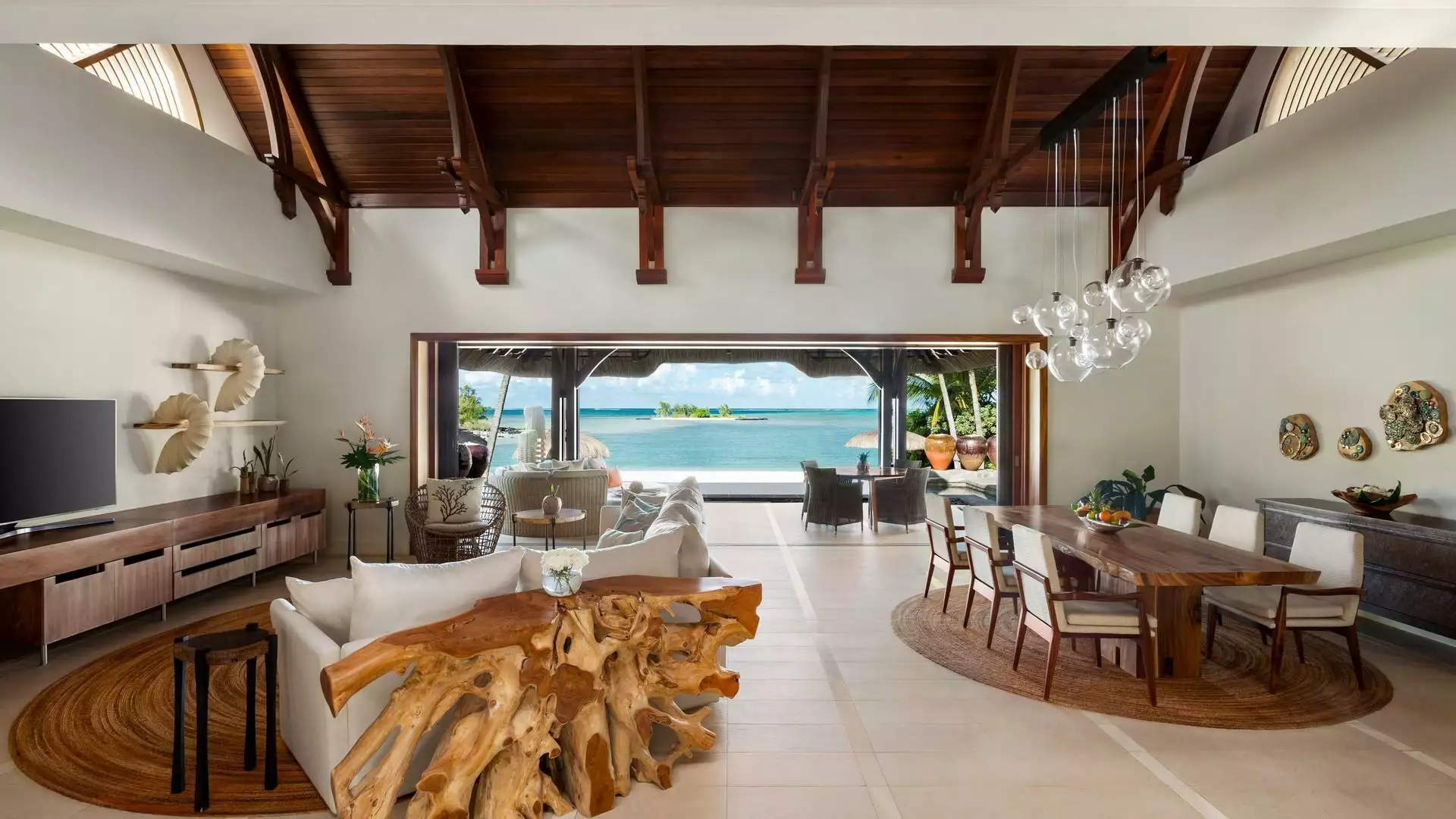Art lovers around the world have long been entranced by the icons Paul Cézanne, Salvadore Dalí, and Jackson Pollock. To fully understand and appreciate these masters, it helps to visit the places that nurtured and continue to display their talents. Each locale is a thrill to visit in its own right; add in these stops and you’ll come away with a newfound artistic education covering some of the art world’s biggest names.
Salvador Dalí’s Madrid
While Salvador Dalí was born in 1904 near the French border in Catalonia and spent his formative years there, the titan of Spanish surrealism casts an imposing shadow over Madrid.
In 1922, Dalí moved into the city’s Residencia de Estudiantes (Students’ Residence) and studied at the Real Academia de Bellas Artes de San Fernando. Today, both facilities are open to visitors looking to delve deeper into the artist’s background; the Residencia de Estudiantes, one of the oldest cultural centers in Madrid, hosts myriad conferences, panel discussions, concerts, poetry readings, and exhibitions.
The Museo Nacional Centro de Arte Reina Sofía allows Dalí fans to mix with Picasso lovers; the museum holds world-class collections from Spain’s two greatest 20th-century masters.
In 1985, the Madrid City Council decided to dedicate a public space to Dalí and commissioned the artist to create a work for the space. The Plaza de Salvador Dalí is dominated by the only urban monument in the world designed by the artist, a hulking granite dolmen (a single-chamber megalithic tomb). Within the 43-foot structure, in which an oval-shaped natural rock was placed on three carved granite pillars, resides a bronze sculpture of an abstract, masculine figure standing on a pedestal of polished black granite.
Visitors looking to tap into Dalí’s mind can stop by the Westin Palace Madrid, a historic property that was commissioned by King Alfonso XIII in 1912. Back when it was known as the Hotel Palace, Dalí enjoyed jazz nights with friends and preferred to stay in the suites overlooking the iconic Fuente de Neptuno (Neptune Fountain); the artist was notorious for making elaborate demands of the staff. Today, visitors to the hotel, which sits in the shadow of one of the world’s most famous art museums, the Museo del Prado, can enjoy a cocktail in the 1912 Museo Bar. (A case next to the bar holds a piece of hotel stationery bearing a note and poem penned by Federico García Lorca, and embellished with doodles by Dalí.)




